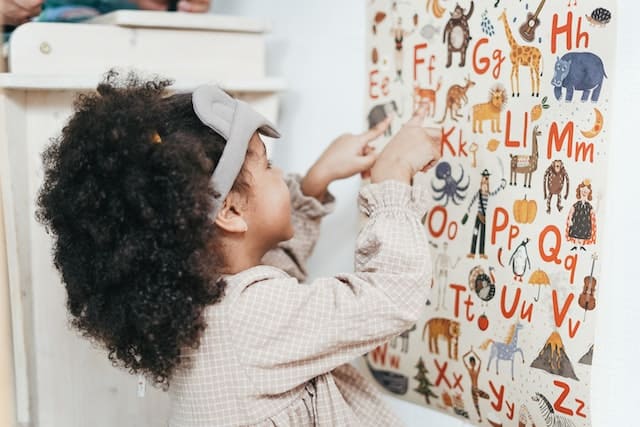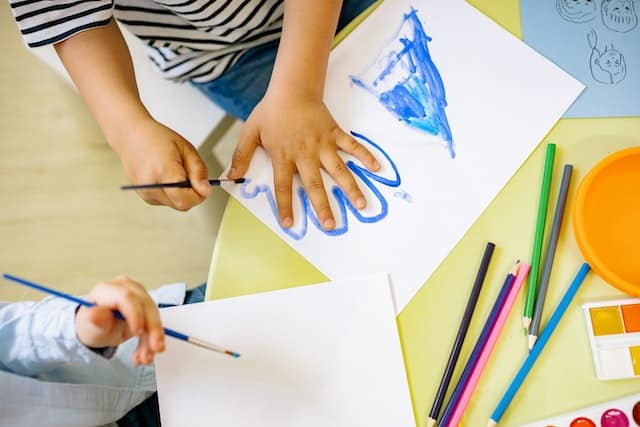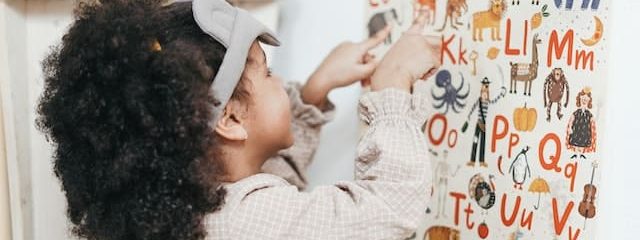Creating great and epic lesson plans for preschoolers can be an overwhelming task, but it doesn't have to be!
With careful thought and planning, any preschool teacher can create engaging and educational lesson plans that will help preschoolers learn in a fun and interactive way.
In this article, we will provide some tips and tricks for creating effective lesson plans for preschoolers.
With these tips, teachers can gain confidence and become more adept at creating enjoyable and educational lessons that will keep preschoolers engaged and learning.
We’ll cover topics such as age-appropriate activities, ways to make learning fun, and ideas for keeping the lesson interesting.
Each of these tips will help teachers create the best possible lesson plans for their preschoolers.

How to Create Interesting and Epic Lesson Plans for Preschoolers?
If you are a preschool teacher, then you know that creating engaging lessons is essential to keeping your students engaged and learning.
One way to create engaging lessons is by using epic lesson plans. Epic lesson plans are specifically designed to engage and educate preschoolers.
In the following paragraphs, we will share some secrets to crafting epic lesson plans for preschoolers.
We will also provide tips on how to create an epic preschool lesson plan that is both fun and educational.
1. Incorporate Materials that are Age-Appropriate
One of the most important tips for creating great lesson plans for preschoolers is to incorporate materials that are age appropriate.
Age-appropriate materials for preschoolers should include items that are safe, accessible, and inviting
This is also due to checking with your state’s education standards before beginning your lesson plan.
It is important to consider the developmental level of the children you are teaching and to create activities and materials that cater to their learning.
For example, if you are teaching 3-year-olds, activities should be more hands-on and involve concepts like shapes, colors, and numbers.
Or, if you are teaching 4-year-old children, activities should involve more complex concepts like counting, sorting, and pattern recognition.
Remember to use epic concepts and images to help your students connect the material with their own experiences and imaginations.
For example, if you are teaching about animals, use images of animals that are large or small, extinct or alive, etc.
By taking the time to ensure that materials are age-appropriate and using proper concepts or images, you can ensure that preschoolers get the most out of their lessons.
2. Construct Activities that are Engaging and Stimulating
Constructing engaging and stimulating activities is key to designing successful lesson plans for preschoolers.
These activities should be tailored to the interests, abilities, and developmental levels of the children and should also consider their physical and sensory needs.
Preschoolers need activities that are interactive and allow them to explore and discover. Choose creative activities that invite participation, encourage exploration, and challenge both the mind and body.
For example, outdoor activities, such as nature walks, provide an opportunity to explore the world around them, while group activities, such as singing and storytelling, help them to develop their social skills.
3. Integrate Multi-Sensory Components
Incorporating multi-sensory components into lesson plans for preschoolers is a great way to engage all the senses and ensure that learning is taking place.
Integrating elements like sound, smell, touch, and taste into activities can help children understand concepts better, and it can be fun too!
You can do this by incorporating art activities allowing students to experiment with different materials, or involving food items in the lesson.
When used thoughtfully, multi-sensory activities can be an effective way to bring lessons to life.
4. Include Opportunities for Self-Expression
It is important to ensure that preschoolers have a learning opportunity to express themselves within your lesson plans.
Providing activities for kids that allow them to use their creativity and explore their own interests is essential for their development.
Consider activities such as drawing, painting, and writing, or provide materials that allow the children to make their own creations. This will help them to feel empowered and learn to express themselves in healthy ways.
Additionally, allowing children to have a voice in the learning process can help to build confidence and a positive relationship between teacher and student.
5. Leverage Hands-On Learning to Promote Exploration and Understanding
Learning through hands-on exploration is an important part of preschoolers' development and should be incorporated into lesson plans to promote understanding and curiosity.
When children have the opportunity to explore and engage with objects and materials, they are better able to retain information, have a better sense of self-efficacy, and are more likely to develop problem-solving skills.
Hands-on activities also provide an opportunity for preschoolers to practice collaboration with their peers, which can help them develop social skills, supportive behaviors, as well as communication skills.
When creating lesson plans, consider incorporating activities that involve building, constructing, manipulating objects, or exploring outdoors.
Adding hands-on activities can help preschoolers learn more effectively and develop a more positive attitude toward learning.
6. Use Rewards and Encouragement
One way to help your students stick with the material is to use rewards and encouragement.
For instance, you could give your students a sticker or a star when they finish the lesson. This will help them feel rewarded for their efforts and keep them engaged in the material.
Another way to help your students learn is by planning for reflection and practice after each epic lesson.
For example, you could have them write down what they learned from the lesson, create a poster about the material, or do a quiz on what they learned.
This will help them remember what they learned and apply it to their lives.

Final Thoughts
In conclusion, great and epic lesson plans for preschoolers should be fun and engaging, while also teaching children important skills.
When creating lesson plans for preschoolers, it is important to keep in mind their age, attention span, and learning objectives.
By following these tips, you can create lesson plans that are both enjoyable and educational for your preschoolers.
Cudy helps connect tutors, students, and parents to conduct and schedule online lessons anytime and anywhere. Join Cudy and subscribe to our blog for many study tips and more!
FAQs
How do I make my preschool classroom fun?
One of the best ways to make your preschool classroom fun is to get creative with your activities and games. You can also try out new teaching methods and strategies to see what works best for your students. This will help foster a positive environment and encourage students to explore their interests and passions.
What are good preschool activities and lessons?
These activities can include color sorting, counting, or letter recognition to develop their literacy skill.
What are some teaching strategies for preschoolers?
Some teaching strategies for preschoolers include using visual materials, encouraging persistence and effort, switching out fun activities, and more. It's important to find strategies that will engage and stimulate your students while helping them learn.
Which is the best method to teach a preschool child?
It's important to find what works best for them and tailor the teaching approach to fit their individual needs and interests. Some popular teaching methods include the Montessori Method, outdoor, and more.
What is an example of sensory play activities?
Sensory play activities are activities that involve the five senses—taste, hear, smell, touch and see, for example, making slime, playing with play dough, and more.




